Introduction
My MX Vertical developed a phantom double-click on the left mouse button after about a year of use. Out of warranty and out of patience, I tore it apart to see if I could replace the switches. To my surprise, the mouse was a relative dream to take apart and service!
The mouse shipped with OMRON D2FC-F-7N(10M) switches installed. You can find direct replacements for these on many online retailers, but I opted to replace them with OMRON D2FC-F-K(50M) switches instead. You can probably choose a different type of switch if you want, as long as it shares the D2F’s form factor. That’s an exercise left to the reader!
This guide does require soldering, but thankfully it’s all through-hole on some relatively large parts. The hardest part of the job is holding the board steady while soldering the switches’ first contact.
Tools
Parts
-
-
Turn off the mouse before beginning disassembly.
-
Flip the mouse over so the sensor and power switch are facing you.
-
Insert a plastic spudger between each slider and the plastic mouse base. Pry the adhesive slider off of the base to reveal the screw wells.
-
-
-
Remove the five Phillips screws from the bottom of the mouse.
-
Flip the mouse over, holding both the base and the top to avoid it falling apart.
-
Lift the top of the mouse straight up and away from the base. Once it is clear from the screw wells, rotate the top to lay it on its primary button side.
-
-
-
Use a plastic spudger to lift both sides of the ribbon cable lock on the base of the mouse.
-
Lift the ribbon cable straight out of its socket on the base.
-
-
-
Flip the top of the mouse over to view its interior.
-
Remove the five Philips screws holding the top grippy facade to the top. There is no need to remove the screw nearest the DPI switching button located on the top of the mouse.
-
-
-
Flip the top of the mouse over so it is in the orientation it would be during normal use. Turn the top of the mouse so the main buttons and wheel are facing you.
-
Insert a plastic spudger into the seam in the grippy facade at the front of the mouse, nearest the right side of the buttons. It should snap out of place.
-
Apply pressure to the bottom edge of the facade under the middle of the mouse buttons. It should snap further out of place.
-
Flip the top of the mouse over so the main buttons and mouse wheel are facing the work surface.
-
Insert a plastic spudger into the seam between the grippy facade and the plastic base of the mouse at its right side. The facade should almost completely snap out of place.
-
-
-
Flip the top of the mouse over so it is in the orientation it would be during normal operation. Turn it so the main buttons and wheel are facing away from you.
-
Grab the grippy facade near the DPI switcher button and wiggle it left and right while pulling it away from the top of the mouse.
-
-
-
Turn the top of the mouse so the main buttons and wheel are facing you.
-
Remove the four wide Phillips screws holding the mouse buttons to the top chassis.
-
Insert a plastic spudger between the left side of the left mouse button and the chassis. Gently pry the button to free it. It should pop off, but may require a light push to the right to fully separate.
-
Grab the right mouse button to the left of the mouse wheel. Pull it to the left and away from the chassis.
-
-
-
Remove the four Phillips screws holding the mouse wheel assembly to the top chassis.
-
Grab the mouse assembly by the wheel or the plastic and pull it directly away from the chassis.
-
-
-
Use a plastic spudger to pivot the lock on the ribbon cable connector for the DPI switcher button.
-
Lift the ribbon cable out of its connector.
-
-
-
Remove the two Phillips screws securing the left click microswitch board to the top chassis.
-
Gently pull out and pivot the board so it is free from the chassis.
-
-
-
Use a plastic spudger to pivot the lock on the ribbon cable connector for the navigation button assembly, then lift the ribbon cable out of the connector.
-
-
-
Grab the top chassis motherboard by the right click microswitch. Pull it toward you to free it from its pegs in the chassis, then lift it directly up and out of the top chassis.
-
-
-
Use a plastic spudger to pivot the lock on the ribbon cable connector, then remove the ribbon cable from the connector.
-
-
-
Add some new solder to each of the three terminals on one microswitch.
-
While pulling the microswitch away from the board, heat its three terminals. The switch should come free.
-
Clean the terminals of any excess solder using a solder sucker and solder braid. The holes in the board should be clearly visible, it should be easy to insert your new switches.
-
Repeat these steps for the other microswitch.
-
-
-
Insert the switch contacts through the holes in the board.
-
Solder one switch contact to the board while pressing the switch into the board. Allow the switch to cool.
-
Solder the remaining contacts to the board, allowing the switch to cool each time.
-
To reassemble your device, follow steps 1-14 in reverse order.
41 comments
Thanks! This is perfect.
Super guide with details, done step by step, picture by picture, my MX Vertical working great now :) THANK YOU !!!!!
Thanks for this guide !!!
Regarding Logitech quality: it’s a shame that such an expensive mouse (paid 100€ !) has only “normal” micro switches (10M)
I’ve also replaced the switches by a 50M variant (OMRON D2FC-F-7N(50M))
Woah 100 bucks sounds like a theft. I had it for 35€ on Amazon on nov 2019.
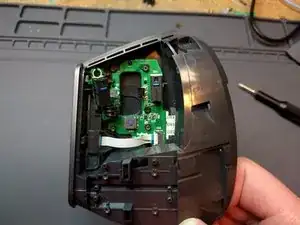
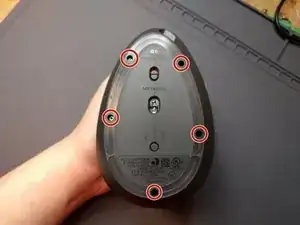
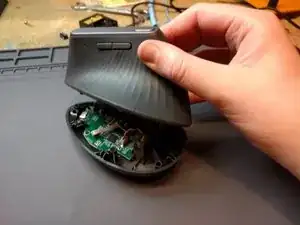

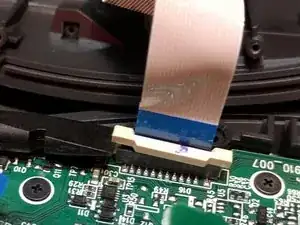
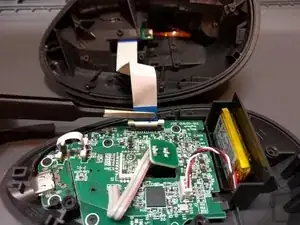
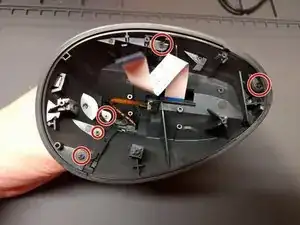
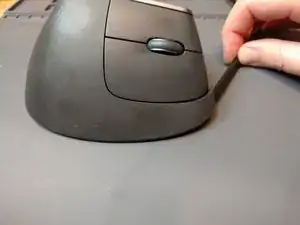
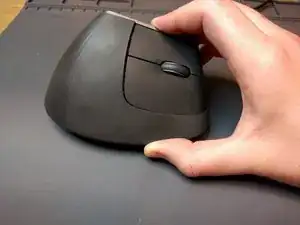
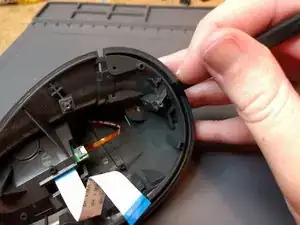
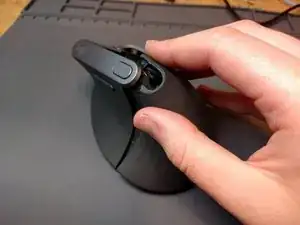

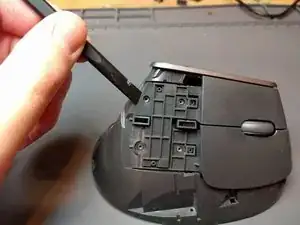
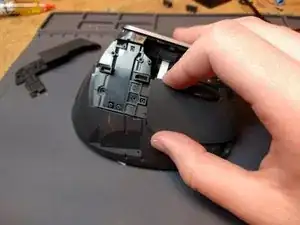

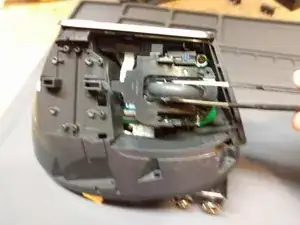
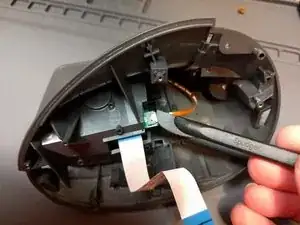


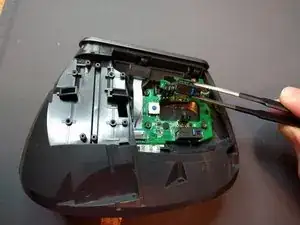
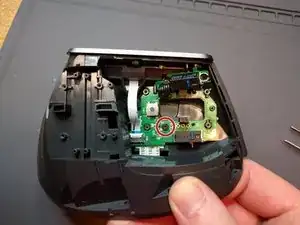
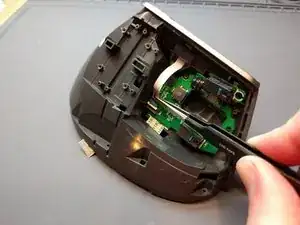
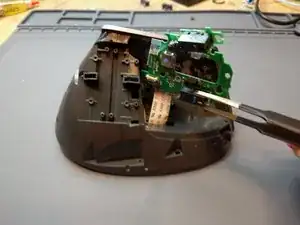
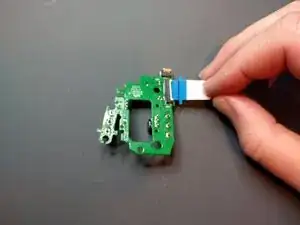

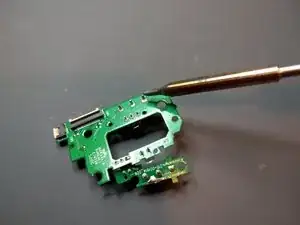
More details about step 1 can be found here : Logitech MX Vertical Feet Replacement
Guillaume Felix -